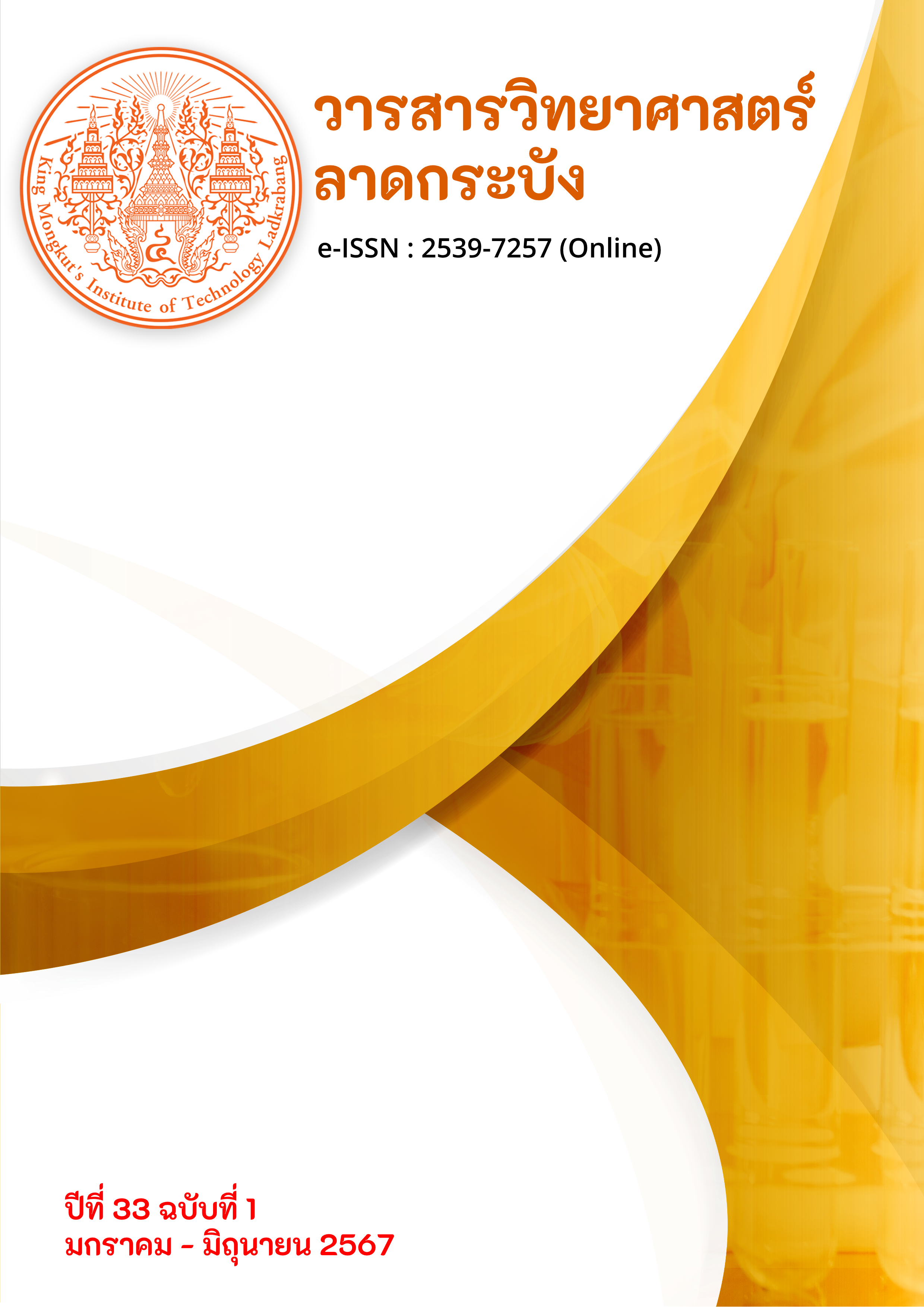สมการไดโอแฟนไทน์ p^x+(p+1)^y=z^2 เมื่อ p เป็นจำนวนเฉพาะ
Main Article Content
บทคัดย่อ
งานวิจัยนี้ศึกษาผลเฉลยทั้งหมดที่เป็นจำนวนเต็มที่ไม่เป็นลบของสมการไดโอแฟนไทน์ เมื่อ
เป็นจำนวนเฉพาะ ผลการวิจัยพบว่า 1) ถ้า
แล้วสมการดังกล่าวมีเพียงสองผลเฉลย คือ
2) ถ้า
แล้วสมการดังกล่าวมีผลเฉลยอยู่ในรูป
หรือ
เมื่อ
เป็นจำนวนเต็มบวก 3) ถ้า
แล้วสมการดังกล่าวมีเพียงสองผลเฉลย คือ
4) ถ้า
และ
เป็นจำนวนคู่ แล้วสมการดังกล่าวไม่มีผลเฉลย และ 5) ถ้า
แล้ว สมการดังกล่าวมีเพียงผลเฉลยเดียว คือ
Article Details

อนุญาตภายใต้เงื่อนไข Creative Commons Attribution-NonCommercial-NoDerivatives 4.0 International License.
เอกสารอ้างอิง
Sroysang, B. 2012. On the Diophantine equation 31^x+32^y=z^2. International Journal of Pure and Applied Mathematics, 81(4), 609-612.
Sroysang, B. 2013. On the Diophantine equation 7^x+8^y=z^2. International Journal of Pure and Applied Mathematics, 84(1), 111-114, http://doi.org/10.12732/ijpam.v84i1.8.
Chotchaisthit, S. 2013. On the Diophantine equation p^x+(p+1)^y=z^2 where p is a Mersenne prime. International Journal of Pure and Applied Mathematics, 88(2), 169-172, http://doi.org/10.12732/ijpam.v88i2.2.
Suvarnamani, A. 2014. On the Diophantine equation p^x+(p+1)^y=z^2. International Journal of Pure and Applied Mathematics, 94(5), 689-692, http://doi.org/10.12732/ijpam.v94i5.5.
Burshtein, N. 2019. A note on the Diophantine equation p^x+(p+1)^y=z^2. Annals of Pure and Applied Mathematics, 19(1), 19-20, http://doi.org/10.22457/apam.596v19n1a3
Sandhya, P. and Pandichelvi, V. 2021. Exploration of solutions for an exponential Diophantine equation p^x+(p+1)^y=z^2. Turkish Journal of Computer and Mathematics Education, 12(1S), 659-662,
Mihailescu, P. 2004. Primary cyclotomic units and a proof of Catalan’s conjecture. Journal für die Reine und Angewandte Mathematik, 572, 167-195, https://doi.org/10.1515/crll.2004.048.
Chotchaisthit, S. 2012. On the Diophantine equation 4^x+p^y=z^2 where p is a prime number. American Journal of Mathematics and Sciences, 1(1), 191-193.
Sroysang, B. 2013. More on the Diophantine equation 2^x+3^y=z^2. International Journal of Pure and Applied Mathematics, 84(2), 133-137, http://doi.org/10.12732/ijpam.v84i2.11.

